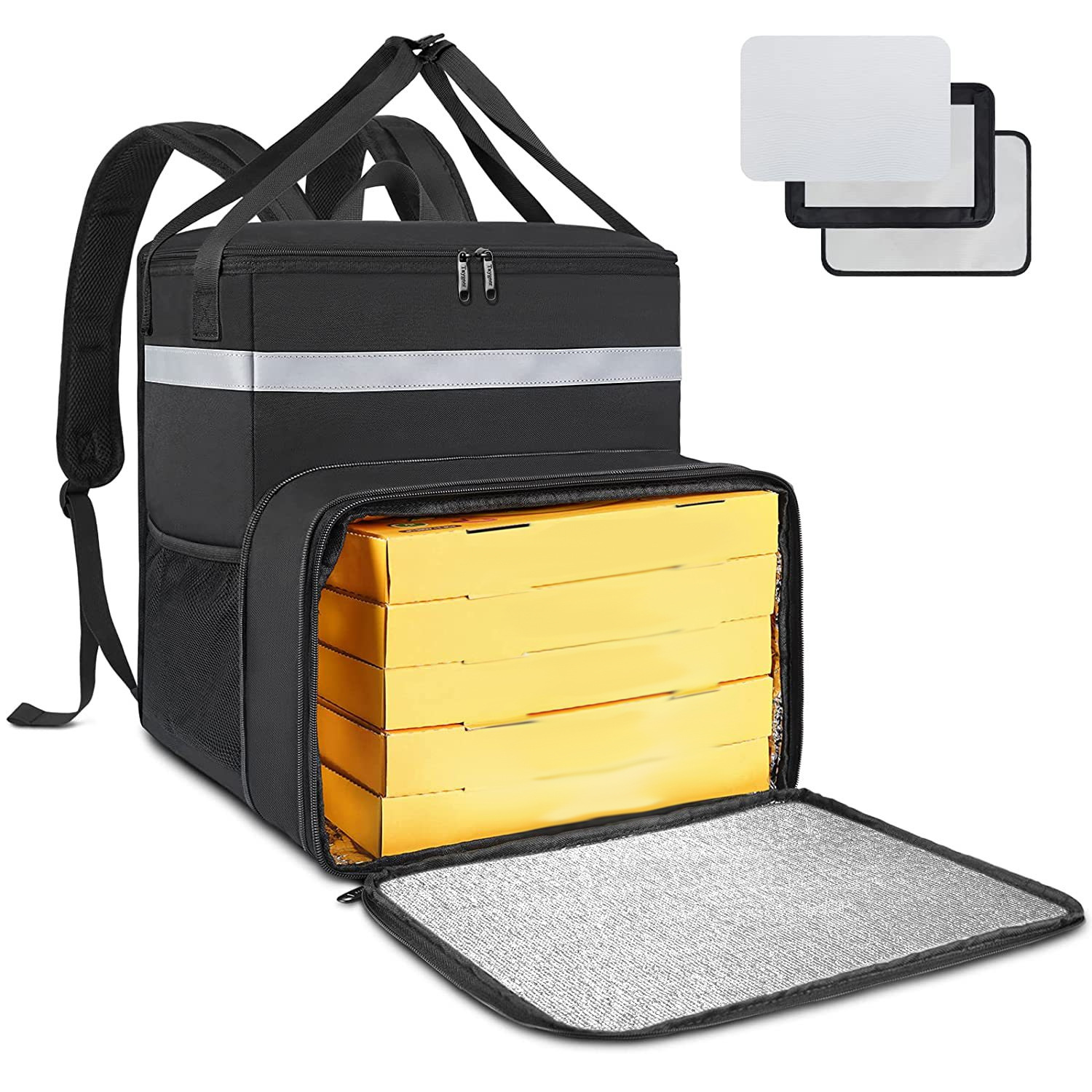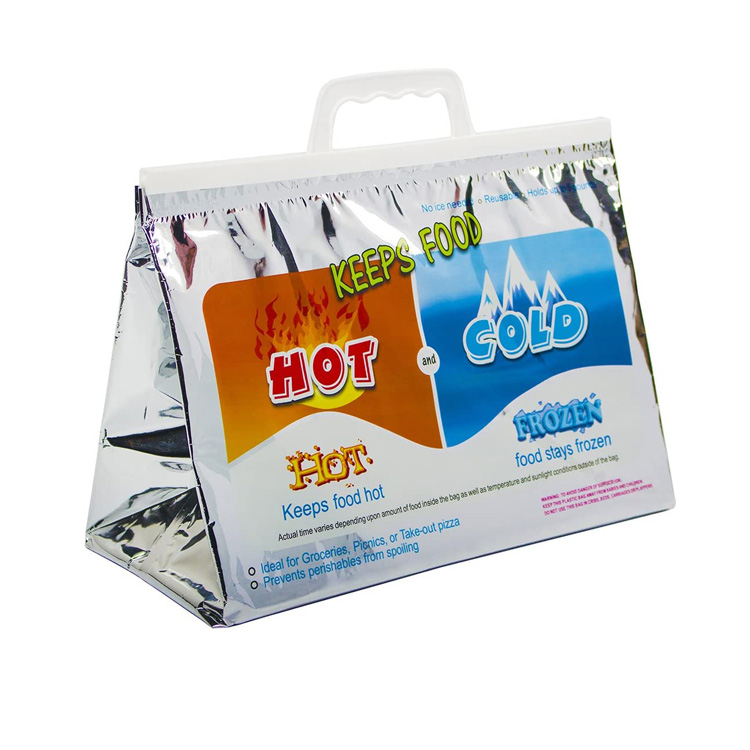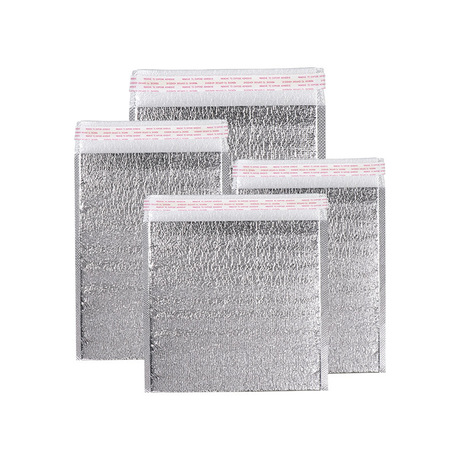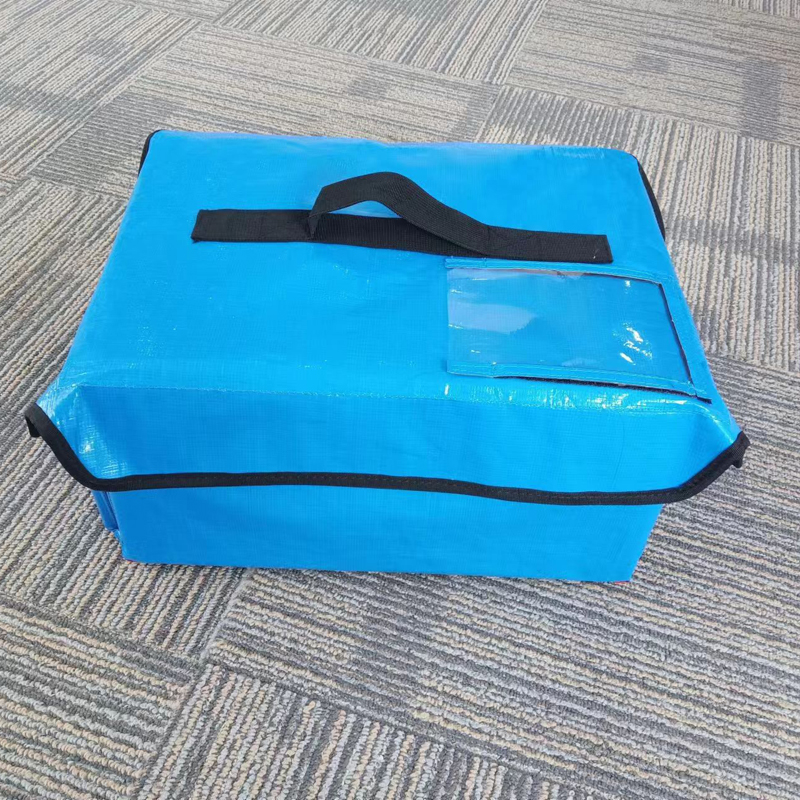Cold chain solutions refer to the use of various technologies, equipment, and cold chain packaging materials throughout the supply chain to ensure that temperature-sensitive products (such as food and pharmaceuticals) are always kept within the appropriate low-temperature range. This ensures the quality and safety of products from production, transportation, and storage to sales.

Importance of Cold Chain Solutions
1. Ensure Product Quality
For example, fresh vegetables and fruits spoil easily without proper temperature control. Cold chain solutions keep these products fresh during transportation and storage, extending their shelf life.
Case Study: Dairy Product Distribution
Background: A large dairy company needs to deliver fresh milk and dairy products from dairy farms to supermarkets and retail stores in the city. Dairy products are highly sensitive to temperature changes and must be kept below 4°C.
Solution:
Temperature-Controlled Packaging: Use incubators and ice packs to keep dairy products cool during short-distance transportation.
Refrigerated Transportation: Use refrigerated trucks for main transport and last-mile delivery to maintain low temperatures during transit.
Temperature Monitoring Technology: Install temperature sensors in refrigerated trucks to monitor temperatures in real-time, with automatic alarms when temperatures go out of range.
Information Management System: Use cold chain management software to track transportation status and temperature data in real-time, ensuring temperature control during transit.
Partner Network: Collaborate with third-party logistics companies with cold chain distribution capabilities to ensure timely and temperature-controlled delivery. Outcome: Through efficient temperature control and transportation management, the dairy company successfully delivered fresh dairy products to supermarkets and retail stores in the city, maintaining the freshness and quality of the products.
2. Ensure Safety
Some drugs and vaccines are highly sensitive to temperature, and any temperature fluctuation can decrease their efficacy or render them ineffective. Cold chain technology ensures that these products remain within a safe temperature range throughout the supply chain.
3. Reduce Waste and Save Costs
About a third of the world’s food supply is wasted each year due to poor preservation. The application of cold chain technology can significantly reduce this waste and save substantial costs. For instance, some large supermarkets have used cold chain technology to reduce the spoilage rate of fresh food from 15% to 2%.

4. Promote International Trade
Chile is one of the world’s largest exporters of cherries. To ensure that cherries stay fresh during long-haul transportation, Chilean produce companies use cold chain technology to transport cherries from orchards to markets worldwide. This allows Chilean cherries to hold a strong position in the global market.
5. Support Medical Treatment and Scientific Research
During the COVID-19 pandemic, mRNA vaccines produced by companies like Pfizer and Moderna needed to be stored and transported at extremely low temperatures. Cold chain logistics played a key role in ensuring that these vaccines were safely and effectively distributed worldwide, making a significant contribution to the global fight against the pandemic.
Components of Cold Chain Solutions
1. Cold Storage and Transportation Equipment
This includes refrigerated trucks and frozen containers, primarily used for long-distance transportation:
Refrigerated Trucks: Similar to the frozen trucks seen on the road, these trucks have powerful cooling systems, with temperatures controlled between -21°C and 8°C, suitable for short to mid-range transportation.
Frozen Containers: Mostly used for sea and air transport, these containers are suitable for long-duration low-temperature transportation, ensuring products maintain the appropriate temperature during long-haul transit.
2. Temperature-Controlled Packaging Materials
These materials include cold chain boxes, insulated bags, and ice packs, suitable for short-haul transportation and storage:
Cold Chain Boxes: These boxes have efficient internal insulation and can hold ice packs or dry ice to keep the product cool for short periods.
Insulated Bags: Made from materials like Oxford cloth, mesh cloth, or non-woven fabric, with thermal insulation cotton inside. They are lightweight and easy to use, suitable for short-distance transport of small batches.
Ice Packs/Ice Boxes and Dry Ice: Refrigerated ice packs (0℃), frozen ice packs (-21℃ ~0℃), gel ice packs (5℃ ~15℃), organic phase change materials (-21℃ to 20℃), ice pack plates (-21℃ ~0℃), and dry ice (-78.5℃) can be used as refrigerants to maintain low temperatures for extended periods.
3. Temperature Monitoring Systems
These systems monitor and record temperature changes in real-time to ensure full temperature control:
Temperature Recorders: These record every temperature change during transportation for easy traceability.
Wireless Sensors: These sensors transmit temperature data in real-time, allowing for remote monitoring.
How Huizhou Can Help
Huizhou focuses on providing efficient and reliable cold chain packaging materials and solutions to help customers solve temperature control challenges.

Customized Cold Chain Packaging Materials: We offer a variety of specifications and materials for cold chain packaging, customized according to different product needs to ensure optimal insulation. Our packaging materials include cold chain boxes, insulated bags, ice packs, etc., which can be customized according to customer requirements.
Advanced Temperature-Control Technology: We provide supporting temperature monitoring equipment to track temperature changes in real-time, ensuring product safety. Our temperature control equipment includes temperature recorders and wireless sensors, ensuring real-time temperature monitoring during transportation and storage.
Professional Consulting Services: Our technical team designs the most suitable cold chain solutions based on your specific needs, optimizing costs and efficiency. Whether for food, medicine, or other temperature-sensitive products, we offer professional consulting and customized services.
Huizhou’s Case Studies
Case 1: Fresh Food Transportation
A large supermarket chain adopted Huizhou’s cold chain solution, reducing the spoilage rate of fresh food during long-distance transportation from 15% to 2%. Our highly efficient incubators and precision temperature control equipment ensured the freshness and safety of the food.
Case 2: Pharmaceutical Product Distribution
A well-known pharmaceutical company used Huizhou’s cold chain packaging materials and temperature control system for vaccine distribution. During a 72-hour long-haul journey, the temperature was maintained between 2 and 8°C, ensuring the vaccine’s efficacy and safety.
Conclusion
Cold chain solutions are key to ensuring the quality and safety of temperature-sensitive products. With advanced technology and extensive experience, Huizhou is committed to providing customers with efficient and reliable cold chain packaging materials and comprehensive cold chain solutions. Choose Huizhou to keep your products in optimal condition from start to finish!























